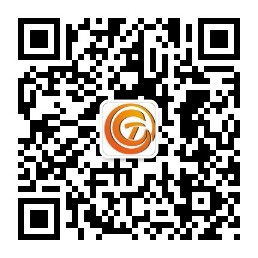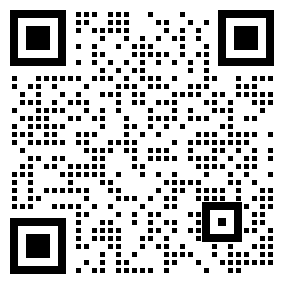Wireless charging refers to the use of electromagnetic wave induction principle for charging equipment, similar to the principle of transformers. There is a coil in the sending end and the receiving end. The sending end coil is connected to the wired power supply to generate an electromagnetic signal, and the receiving end coil senses the electromagnetic signal of the sending end to generate a current to charge the battery.
Wireless charging technology is mainly achieved through three ways: electromagnetic induction, magnetic resonance and radio wave.
1. Electromagnetic induction charging: A certain frequency of alternating current in the primary coil generates a certain current in the secondary coil clock through electromagnetic induction, thereby transferring energy from the transmission end to the receiving end. At present, the most common charging pad solution uses electromagnetic induction, in fact, electromagnetic induction solutions in the technical realization is not too mysterious, China's local BYD company, as early as December 2005 to apply for a non-contact induction charger patent, the use of electromagnetic induction technology.
2. Magnetic resonance charging: Consisting of an energy transmitting device and an energy receiving device, when the two devices are tuned to the same frequency, or resonant at a particular frequency, they can exchange energy with each other, is a technique that is currently being studied, The research team, led by MIT physics professor Marin Soljacic, used the technology to light a 60-watt bulb two meters away and named it WiTricity. The diameter of the coil used in the experiment reached 50cm, which is not yet commercialized, and if the size of the coil is reduced, the receiving power will naturally decrease.
3. Radio wave charging: This is a more mature technology, similar to the early use of ore radios, mainly composed of microwave transmitters and microwave receivers, which can capture the radio wave energy bounced from the wall, and maintain a stable DC voltage while adjusting with the load. This method requires only a transmitter mounted in a wall plug and a "mosquito" receiver that can be installed in any low-voltage product.


